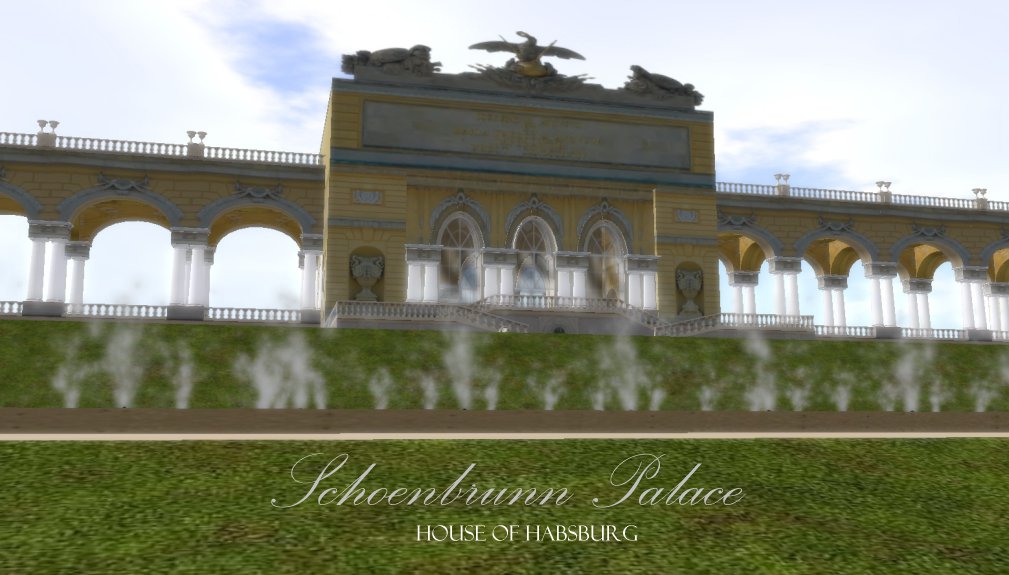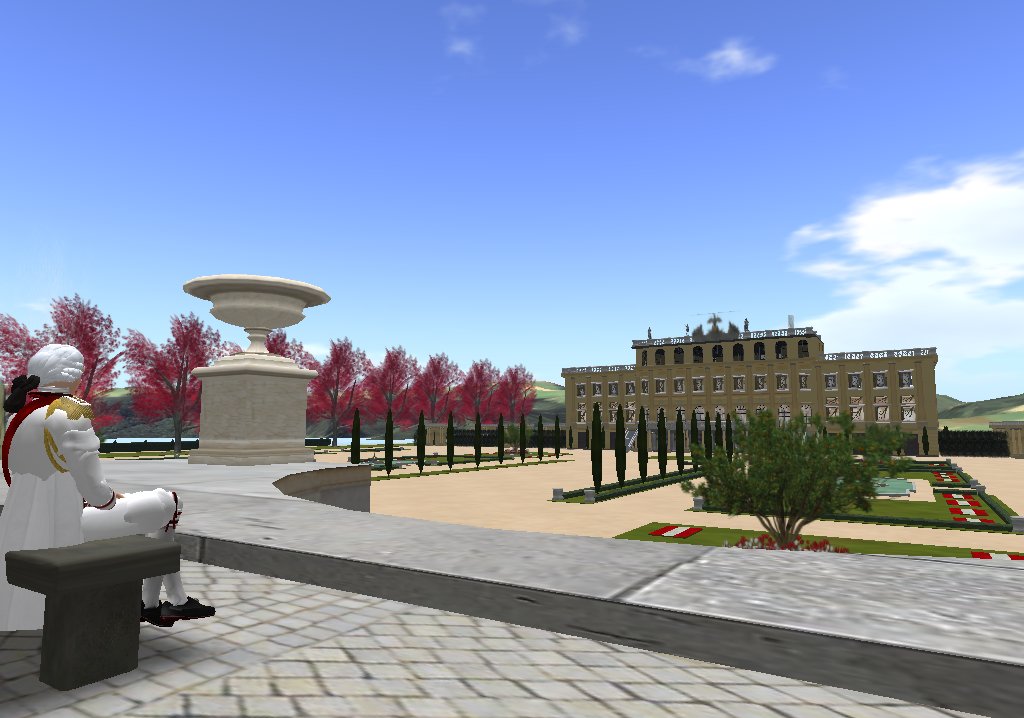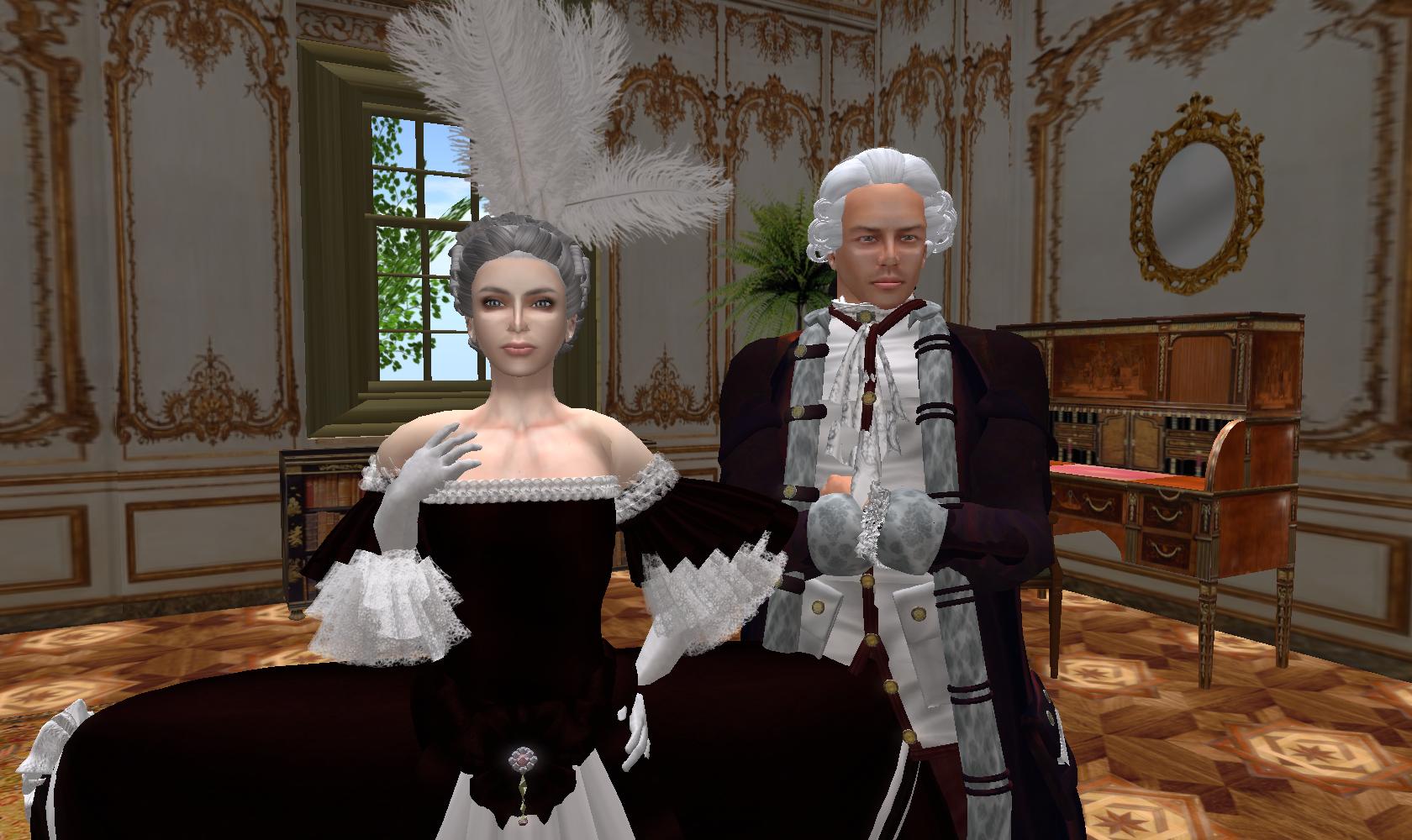Upon Schönbrunn Palace, the residence of House of Habsburg
Communty News & Events

Upon Schnbrunn Palace, the residence of House of Habsburg
Schnbrunn Palace is the imperial summer residence in Vienna , home of House of Habsburg and one of the most important cultural monuments in Europe. The palace and gardens illustrate the tastes, interests, and aspirations of successive Habsburgs monarchs.
In the year 1569, HRE Maximilian II purchased a large floodplain of the Wien River, a branch of the Danube beneath a hill close to Vienna where a former owner, in 1548, had erected a mansion called Katterburg. The emperor ordered the area to be fenced and put game there such as pheasants, ducks, deer and boar, in order to serve as the court's recreational hunting ground. In a small separate part of the area, "exotic" birds such as turkeys and peafowl were kept. Fishponds were built, too.
The name Schnbrunn (meaning "beautiful spring"), has its roots in an artesian well from which water was consumed by the court.
At the end of the 17th century Emperor Leopold I commissioned the gifted Baroque architect Bernhard Fischer von Erlach to built a palatial hunting lodge for the heir to the throne. On the site of the old imperial chteau de plaisance a splendid edifice was to arise.
Half a century later under Empress Maria Theresa , Schnbrunn Palace was to become the magnificent focus of court life . From that time onwards it played host to the leading statesmen of Europe.
The present arrangement of the garden between the palace and the hilltop was laid out in the 1750s and features long avenues of trees clipped to form tall hedges flanking the parterre. It is based on the ideas of the State Chancellor, Prince Wenzel Anton von Kaunitz-Rietberg , who was especially interested in the French taste; the diagonal avenues and the diverse shapes of the areas of ornamental shrubbery are in the manner of Jacques-Franois Blondel . An important part of the work was carried out by artists from Lorraine who came to Vienna with Maria-Theresas husband Emperor Francis I .

The projected hilltop site for this work of triumphal architecture, with elaborate terraces and cascades, reflects the Renaissance ideas absorbed by Fischer von Erlach during his stay in Italy.
The building actually constructed in 16961700 looked, however, quite unlike the first utopian project. Probably for financial reasons, the architect had to forgo the hilltop site and the splendid approach, although the buildings function was raised from that of hunting lodge to imperial residence.
Remodeling and modernization began in 1743, when the young Empress Maria-Theresa ordered that the building, one of her favorite residences, should be repaired and enlarged to accommodate the imperial household in comfort. The internal arrangement of the palace was substantially changed. By command of Maria-Theresa , the delicate blue tint of the exterior was changed to ochre, the Schnbrunn yellow . The last phase of renovation of the palace interior took place under Emperor Francis-Joseph. Most of the important parts of the Rococo decoration of the palace from the reign of Maria-Theresa have survived. A new, intimate style of living like the Porzellanzimmer , Miniaturenkabinett and Schreibzimmer are good examples.

Schnbrunn Palace is of outstanding universal value as a particularly well-preserved example of the Baroque princely residential ensemble. Furthermore, the palace and gardens are exceptional by virtue of the evidence that they preserve of modifications over several centuries that vividly illustrate the tastes, interests and aspirations of successive Habsburg monarchs.

Today I visited the Empress at Schonbrunn Palace in preparation of the festivities for Christmas. She denied any speculations to retire as long her beloved husband Francis I is alive. Till then I assume to hold my title of Erzherzog... sighs.
updated by @josephii-von-habsburg-lorraine: 06 Oct 2016 06:15:34AM




